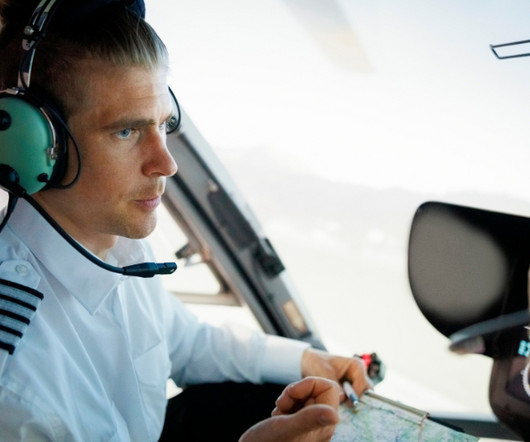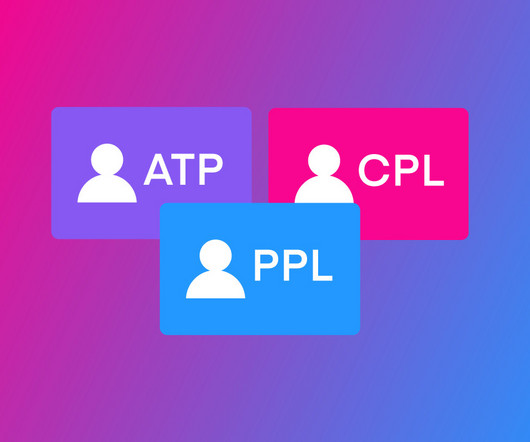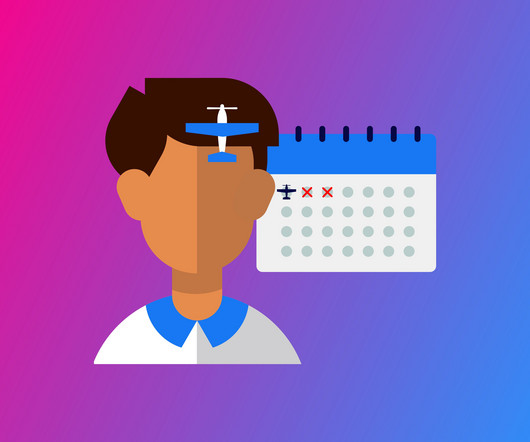Commercial Multi-Engine Rating: Do You Need It and Why?
Pilot's Life Blog
JUNE 24, 2025
Whether you fly charters, train future pilots, or aim for corporate jets, this add-on shifts your skill set into high gear. You’ll learn engine-out procedures, performance planning, and VMC control—all tailored to your pace. Asymmetric Thrust Dynamics: Understanding how loss of an engine affects yaw, roll, and required control inputs.











Let's personalize your content